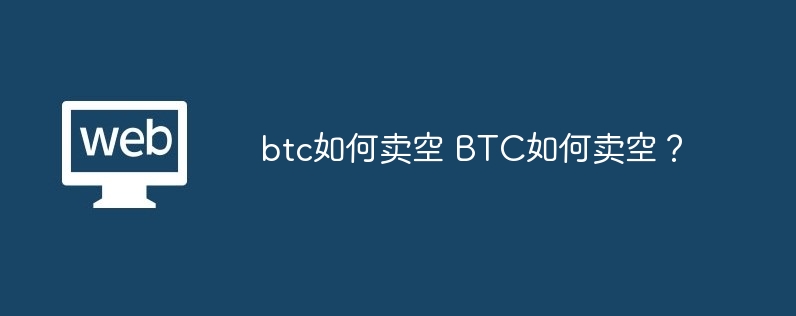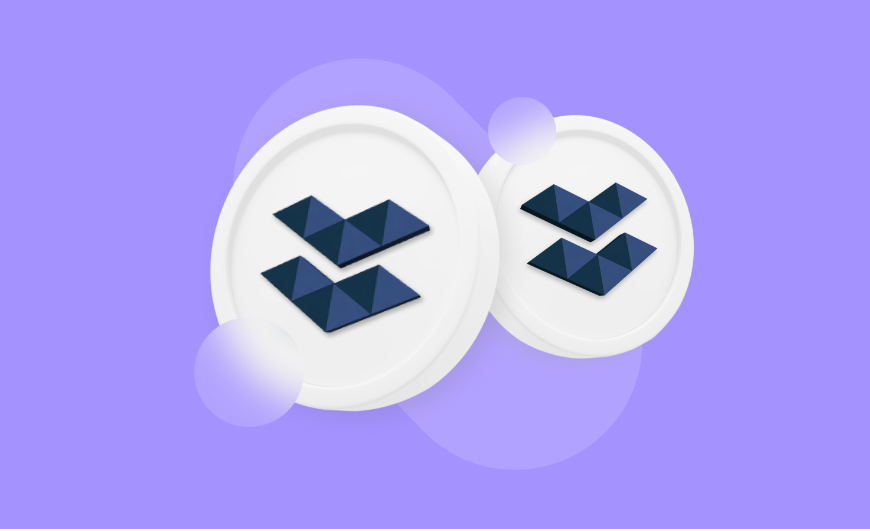更新时间:2025-09-06 19:51:01 编辑:丁丁小编
来源:点击查看
简介
Blockchain Application in Healthcare: Overview and Examples
Blockchain technology has emerged as one of the most talked-about innovations in recent years. It addresses some of the bottlenecks in traditional centralized systems, such as reliability and security, through a distributed and decentralized approach. Due to its security, transparency, and immutability, blockchain is increasingly being applied in the healthcare sector. This article will provide an overview of blockchain applications in healthcare and discuss real-world examples.
1. Blockchain in Pharmaceutical Distribution
In the pharmaceutical industry, blockchain can be used to track the journey of drugs, ensuring their origin and authenticity. By recording information at every stage of the drug's production, transportation, and sale, a trustworthy traceability system can be established to prevent the circulation of counterfeit drugs. An example is E&S Group, which collaborated with Everledger to develop a blockchain-based oxygen tracing system. This system tracks the production, shipment, distribution, and use of oxygen cylinders, enhancing the quality, safety, and authenticity of oxygen.
2. Blockchain in Healthcare Data Management
In healthcare, blockchain can also be used to protect patient privacy and ensure the security and reliability of patient data. By encrypting patient data with public keys and recording every step of data processing, it ensures that patient data cannot be tampered with or stolen. Meanwhile, patients can authorize healthcare institutions to access their data, ensuring both privacy and the ability to share data. An example is MyClinic.com in the UK, which developed a blockchain platform that allows doctors and patients to jointly manage patient data, enabling data sharing and control.
3. Blockchain in Health Insurance
In health insurance, blockchain technology can improve the claims process, increasing speed and efficiency. By recording information on medical events, insurance contracts, and claim requests, blockchain technology can protect the rights of the insured, prevent insurance fraud, and enhance the accuracy and transparency of claims. An example is Lemonaid Health in the US, which partnered with Gem Health to develop a blockchain-based health insurance system. This system records all transactions on the blockchain, enabling fast processing and effective management of insurance claims.
4. Blockchain in Medical Diagnosis and Treatment
In medical diagnosis and treatment, blockchain technology can be used to build a trusted medical knowledge base and a health data exchange platform. Doctors can record case studies on the blockchain, allowing other doctors to view and provide second opinions. Additionally, blockchain technology can be used to record the research, development, and usage of medications. An example is Patientory, which uses blockchain technology to develop a personal health record system for tracking patients' medical histories and monitoring their conditions.
Conclusion: Because blockchain offers excellent applications for data protection, management, and privacy, it can support the development and improvement of the healthcare sector. In the future, blockchain technology will be widely applied in healthcare to ensure patient privacy and safety, and to enhance the transparency and efficiency of healthcare management.






